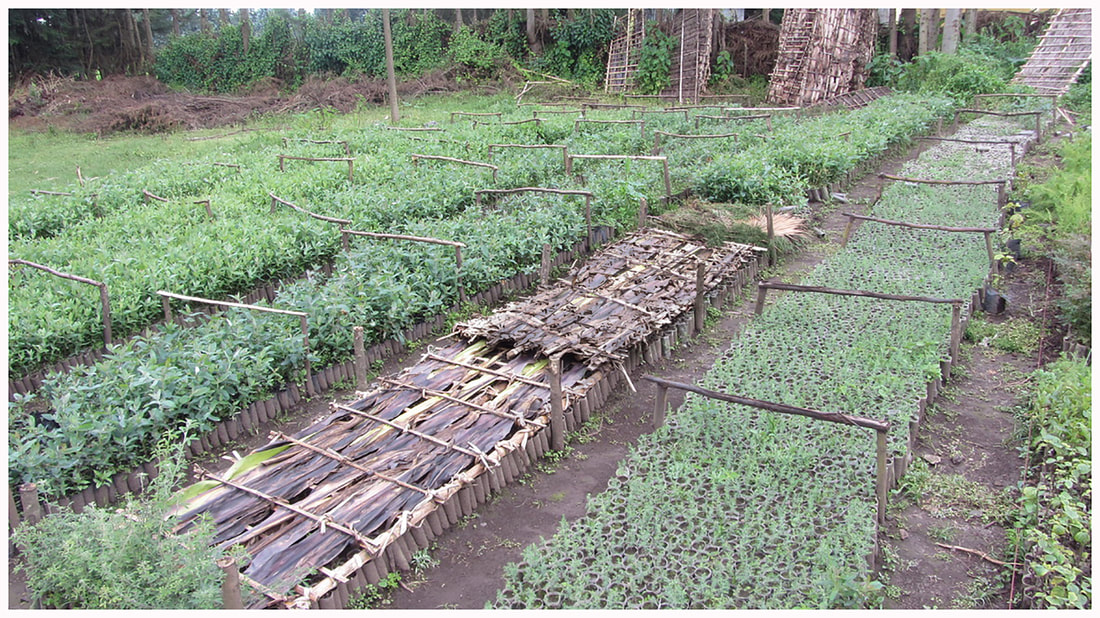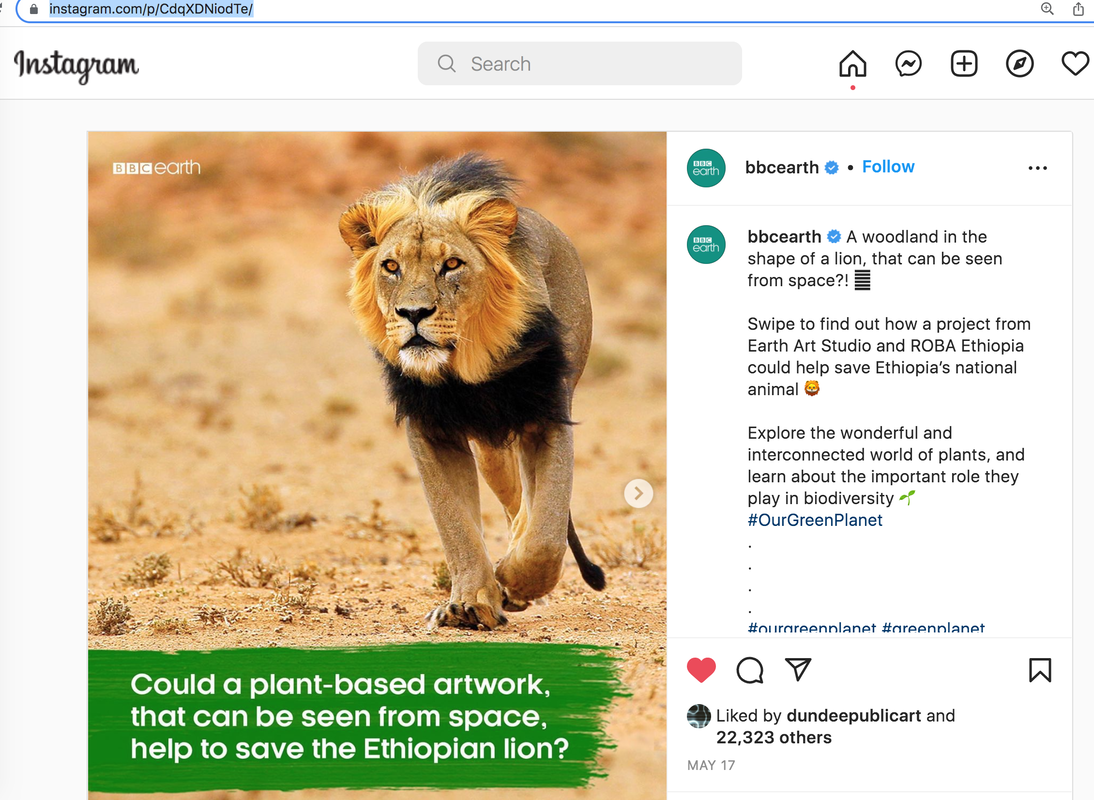|
PRELIMINARY PLANNING AND DESIGN
Sylvia is exceptional at creating arts projects that assist in the development of sustainable economies through arts and urban preliminary planning, design and delivery. Through her preliminary design and planning experiences she can assist also including regeneration as well as community skills learning and exchange to be part of the master plan. As a result of this, Sylvia's planning design work often seeks, to connect under- and unemployed, marginalized or under-represented citizens with training opportunities to meet civic and social urban infrastructure needs of our times —including:
|
PRELIMINARY planning design directions
Contributing to the wellbeing and resiliency of our communities in the preliminary planning and design process can involve a number of socio-economic concerns. Sylvia uses the questions below to create an incremental approach to assess what are the processes that can assist with leveraging infrastructure opportunities and communities to become more resilient and sustainable.
Her preliminary planning and design questions include
Contributing to the wellbeing and resiliency of our communities in the preliminary planning and design process can involve a number of socio-economic concerns. Sylvia uses the questions below to create an incremental approach to assess what are the processes that can assist with leveraging infrastructure opportunities and communities to become more resilient and sustainable.
Her preliminary planning and design questions include
- Is the project consistent with community, local, national policies and/or objectives?
- On the basis of total infrastructure needs, can it make good investment sense to include the arts? Are there alternatives and cost-saving initiatives through planning and arts development that can enable the infrastructure plan to become exemplary in terms of savings, training, community learning, and greening?
- Can a well considered arts and infra-structure co-designed project further build and add to community, local, regional and/or national socio-economic interests? How is this best achievable? Who can be invited to participate and add to the preliminary planning and design vision plan?
- Is the planning horizon sufficiently long both in hindsight data as well as in future use projections?
- Can the project incorporate cross-collaborations, enabling cost-savings, learning exchanges or access to latest state-of-the-art equipment?
What procedures and throughput can assist to extend capital resources and add to community benefit both short, medium, and long-term? - Does the preliminary planning consider further savings that can grow the infrastructure into a more meaningful and impactful outcome. Can an analysis of trade-offs such as adding extra project time by reducing HR administration, for example, be used as cost savings to assist with long-term benefits?
- Does the planning adequately address the short-, medium- and long-term environmental consequences of what's being achieved? How are communities being supported across the planning timeframe and into the future? How can ongoing legacies be achieved?
- How can the preliminary planning objectives consider the co-creation of intangible heritage assets with the public through community engagement and consultation?
Example Preliminary Planning and Design Project, Trees for Life
|
COP26, Creative Climate Community Regeneration Tree Nursery project,
Partners: ROBA, climate artists (Canada + UK), Dundee City, KPUniversity Undertook preliminary project planning and development of the COP26 Creative Climate Commission, Trees for Life, funded by the British Council 2021-2022. This project was co-designed with partners to enable Indigenous Oromo community members in Kofele, Ethiopia through ROBA (Rural Association of the Betterment of Agropastoralists) to operate their own long-term and self-sufficient tree nursery. As part of the project planning, Sylvia also understood the potential benefits of including intergenerational agro-forestry and cultural learning as part of the endeavour. As a result of collaborating with Indigenous members and communities in the preliminary staging process - stakeholders were able to strengthen the role of traditional knowledge holders and reconnect youth to ancestral knowledge and forest care. |
A key part of planning involved supporting and amplifying Community Economic Development across these areas:
- Economic reconciliation to foreground Indigenous worldviews and knowledge systems
- Proposing considerate ecosystem and indigenous knowledge sustainability and economic development
- Developing and sustaining circular and localist economies
- Improving social entrepreneurship and social regional economies
- Skills training to further aid in economic resilience and recovery from Indigenous knowledge loss and climate disruption
TREES for LIFE || DELIVERY HIGHLIGHTS
As a directing project climate strategist, Sylvia was able to assist in the development of networks for ROBA and Oromo communities. These included enabling Oromo storytelling and agro-forestry techniques to be shared and recognised by other international organisations and learning bodies. Critically NASA was approached to assist in the monitoring of the tree nursery plantings. As part of the preliminary design and planning process Sylvia had recognized key technologies could be harvested by already powerful online tools including Google Earth.
A highlight of the project includes Oromo communities collaborating with project partners-artists to create the world's first observation climate artworks to be tracked in Google Earth and to be monitored with the assistance of NASA's Earth observation team and the International Space Station.
An ongoing legacy of the project has been the adoption of Oromo communities directing and creating their own earth observation artworks for climate monitoring, community training and benefit. In addition the tree plantings have been designed to be spotted by satellite in formations that acknowledge traditional Oromo forms such as Gadaa circles, Ethiopian lion, to name a few.
As a directing project climate strategist, Sylvia was able to assist in the development of networks for ROBA and Oromo communities. These included enabling Oromo storytelling and agro-forestry techniques to be shared and recognised by other international organisations and learning bodies. Critically NASA was approached to assist in the monitoring of the tree nursery plantings. As part of the preliminary design and planning process Sylvia had recognized key technologies could be harvested by already powerful online tools including Google Earth.
A highlight of the project includes Oromo communities collaborating with project partners-artists to create the world's first observation climate artworks to be tracked in Google Earth and to be monitored with the assistance of NASA's Earth observation team and the International Space Station.
An ongoing legacy of the project has been the adoption of Oromo communities directing and creating their own earth observation artworks for climate monitoring, community training and benefit. In addition the tree plantings have been designed to be spotted by satellite in formations that acknowledge traditional Oromo forms such as Gadaa circles, Ethiopian lion, to name a few.
GURMICHO ELEMENTARY SCHOOL - TREE CIRCLE PLANTING
The tree circle, inspired by Gadaa, is captured by Google Earth and MaxMar technologies.
The tree circle, inspired by Gadaa, is captured by Google Earth and MaxMar technologies.
The project was profiled by BBC EARTH (May 17, 2022) as part of an Instagram campaign to educate the public about current global flora and fauna based conservation and climate endeavours - see https://www.instagram.com/p/CdqXDNiodTe/




